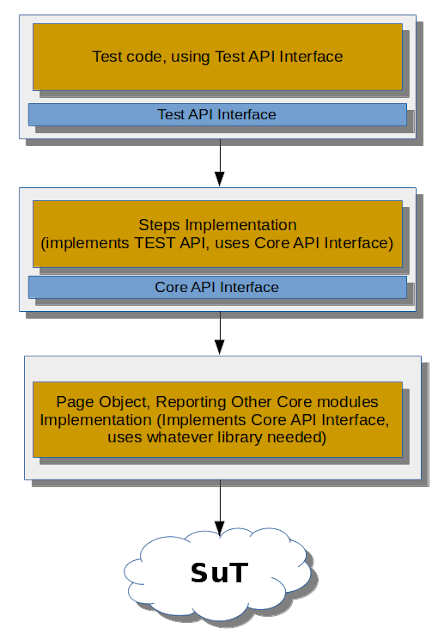Test automation framework - do I need it at all?

While there're lots of information published on the internet about how one should develop/buy a Test Automation solution, there's an elephant in the room - which is the fundamental question "Do I need to do it at all?". That is a good question. While I think that there’re some legitimate contexts where product/project/team can benefit from having a sophisticated test automation solution/framework, my general rule of thumb is “If you need a framework - you do it wrong” . There’re at least several decent papers showing the benefit of unit-testing ([1],[2], [3]), while I could not find any research proving that system level tests could bring better results. Please let me know if you can prove me wrong. There’s at least one half-scientific paper showing the benefits of unit tests in comparison to integration/system level tests [4] There’s a good paper bringing a notion of running/writing and maintaining test vs. the benefit of having/running it at...






